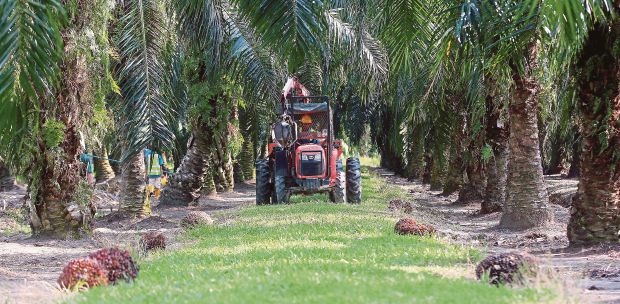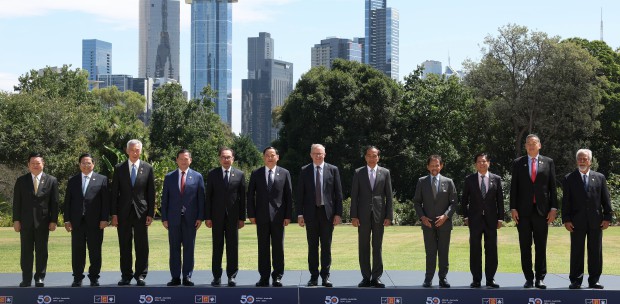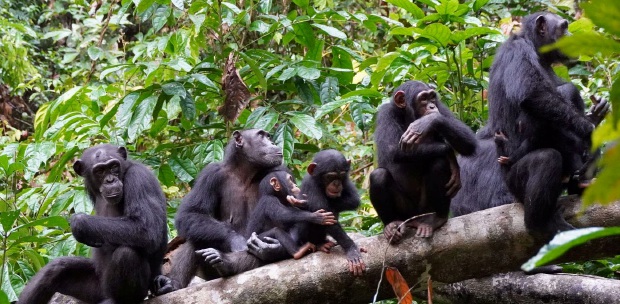CONFLICTS between and within nations have become commonplace for decades.
Conflicts disrupt the global order. They disrupt trade and derail the world supply chain. We see this in the Ukraine-Russia war.
The rising food prices have their roots in this conflict as the logistics for the global grains trade have been curtailed.
We must not forget the Cold War-style conflict between China and the United States, which has impacted global business. There are other smaller conflicts.
These conflicts make dealing with the threats of climate change more challenging.
This is where science can be used as a diplomatic tool to heal conflicts. We have seen how military intervention and economic sanctions have not worked.
They are not only costly to the global economy but also create more distress for the affected people.
The Ukraine-Russia war has created a refugee problem, a new phenomenon for the West.
Refugees are generally associated with conflicts in western Asia, Latin America and Southeast Asia.
The rise in refugees will fuel human trafficking.
Apart from conflicts surrounding territorial claims, there are also conflicts concerning transboundary issues.
The water-sharing conflict in the countries bordering the Nile River is an example of a cross-border disagreement.
Many years ago, industrial waste discharged into the Rhine River caused tension between European nations.
Closer to home, the transboundary health and environmental consequences of the haze are showing signs of blowing up into a conflict.
Not to mention the plastic pollution of shared marine areas in the region.
I am aware of the International Institute for Applied Systems Analysis (IIASA) in Vienna, which was created to promote science diplomacy during the Cold War.
While working at the Academy of Sciences Malaysia, I had the opportunity to attend its meetings. At IIASA, scientists from countries across the Cold War divide collaborated on research into climate, energy, water and biodiversity.
The scientific partnership between conflicting nations produced groundbreaking knowledge.
This knowledge has been incorporated into the development and innovation policies of many countries.
The findings have been used to support diplomatic negotiations between countries. Not to mention in averting a bigger military conflict.
Asean may want to replicate the centre. Scientists can conduct research on transboundary issues.
We do come across areas of contention where science can provide clarity in the negotiation process.
One that stands out is the haze, which impacts the economy since during periods of serious pollution, work must stop.
Malaysia and Indonesia are the two countries where forest fires happen. Other countries will feel the haze depending on wind directions.
Science diplomacy will come in handy here.
UCSI University recently launched the International Institute of Science Diplomacy and Sustainability (IISDS) to offer training to talent in science diplomacy.
Being affiliated to international organisations, including the International Science Council and the International Network for Government Science Advice, the IISDS can be a venue for Asean cooperation on science diplomacy.
The writer is a professor at the Tan Sri Omar Centre for STI Policy, UCSI University






